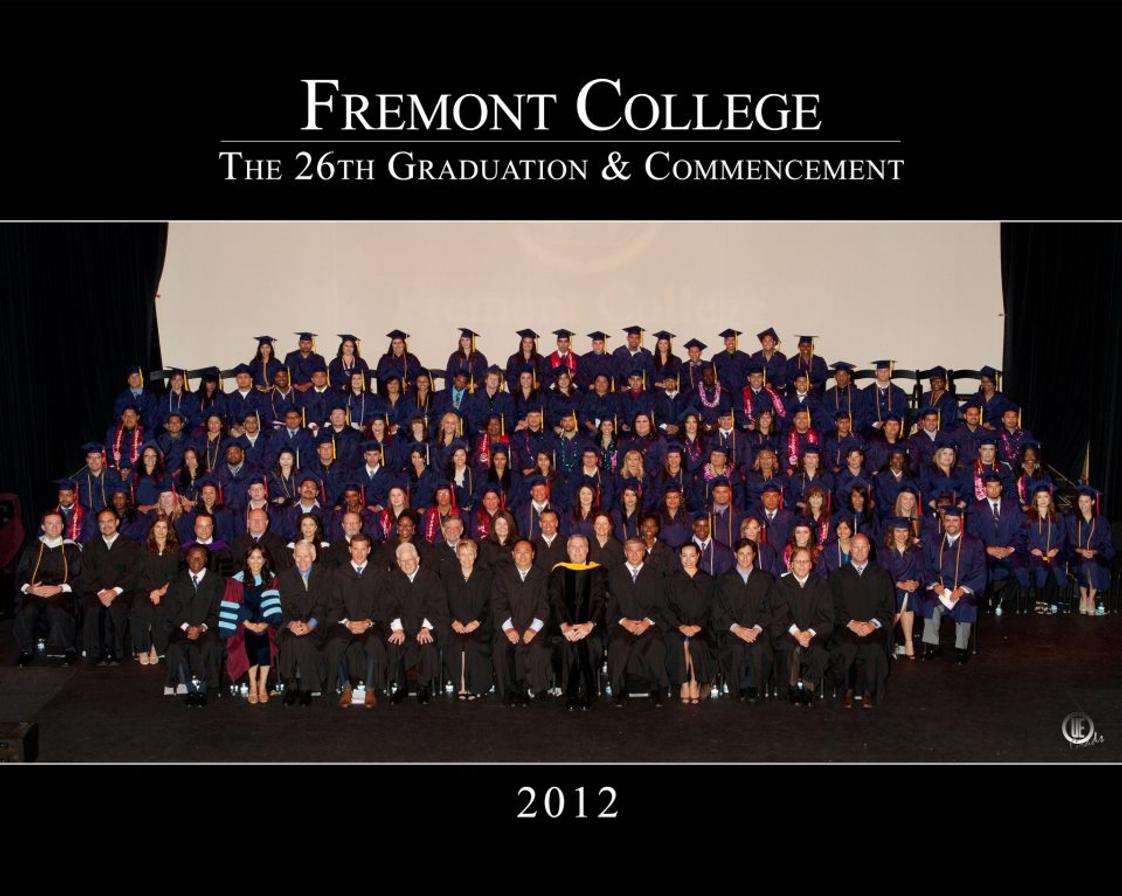- Fremont College has two California campuses located in Cerritos and Los Angeles, as well as an online degree program. Degree programs are available in the following four fields: design, business, legal studies, and wellness. Fremont College's degree programs are designed with the student's specific learning style in mind, offering a customized curriculum that you won't find at any other school. Visit Fremont College's website and take the free career quiz to find the degree program that is right for you!
School Highlights
Fremont University serves 256 students (100% of students are full-time).
The college's student:teacher ratio of 23:1 is lower than the state community college average of 32:1.
Minority enrollment is 89% of the student body (majority Hispanic), which is more than the state average of 77%.
Quick Stats (2025)
- Enrollment: 256 students
- Private-state tuition: $18,000
- Acceptance Rate: 59%
- Student:teacher ratio: 23:1
- Minority enrollment: 89%
- Source: Verified school update
School Overview
The teacher population of 11 teachers has stayed relatively flat over five years.
Fremont University
(CA) Community College Avg.
Carnegie Classification
Baccalaureate/Associate's Colleges: Mixed Baccalaureate/Associate's
Baccalaureate/Associate's Colleges: Associate's Dominant
Institution Level
Four or more years
At least 2 but less than 4 years
Institution Control
Private for-profit
Public
Total Faculty
11 staff
294 staff
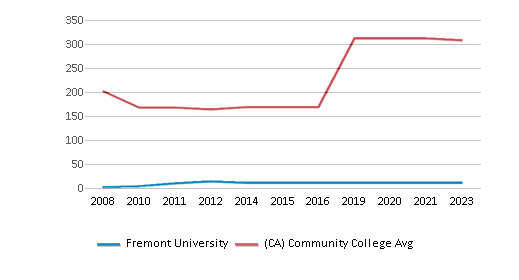
Number of Programs Offered
12
12
Student Body
The student population of Fremont University has grown by 19% over five years.
The student:teacher ratio of 23:1 has increased from 16:1 over five years.
The Fremont University diversity score of 0.73 is more than the state average of 0.70. The school's diversity has declined by 5% over five years.
Total Enrollment
256 students
2,311 students
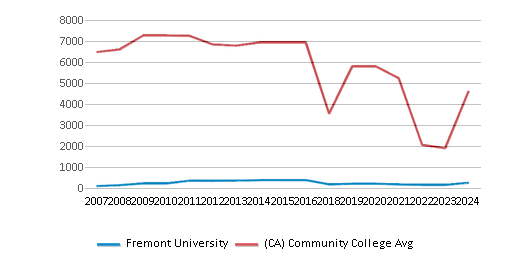
Student : Teacher Ratio
23:1
32:1
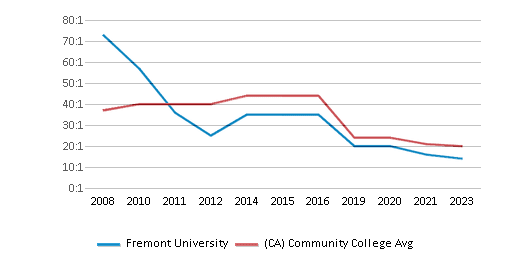
# Full-Time Students
256 students
1,232 students
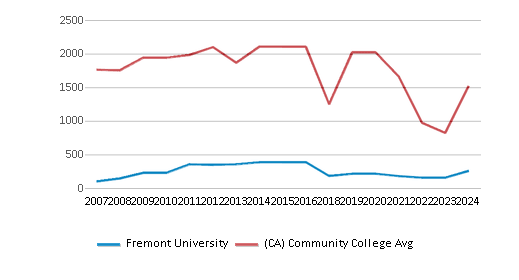
# Part-Time Students
n/a
8,299 students
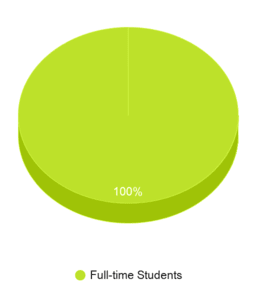
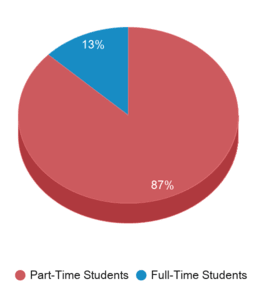
# Enrollment Undergraduate
240 students
240 students
# Full-Time Undergraduate Students
240 students
1,155 students
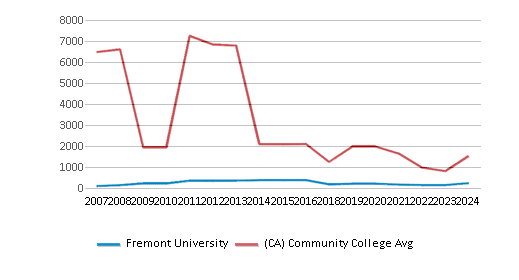
# Full-Time Graduate Students
16 students
63 students
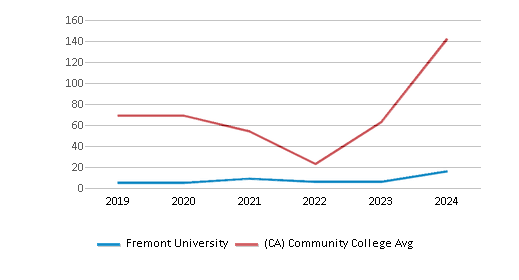

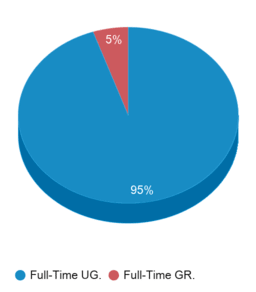
# Part-Time Undergraduate Students
n/a
8,457 students
# Part-Time Graduate Students
n/a
10 students
Total Dormitory Capacity
n/a
140 students
% American Indian/Alaskan
3%
n/a
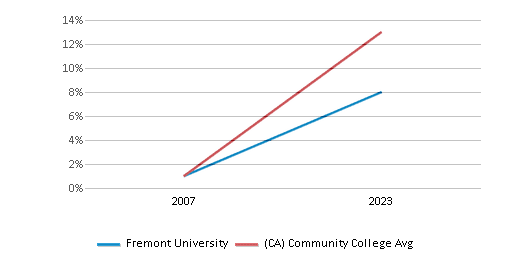
% Asian
6%
13%
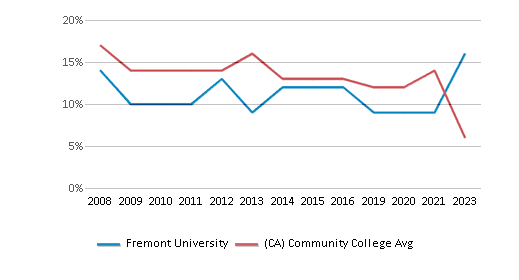
% Hispanic
47%
47%
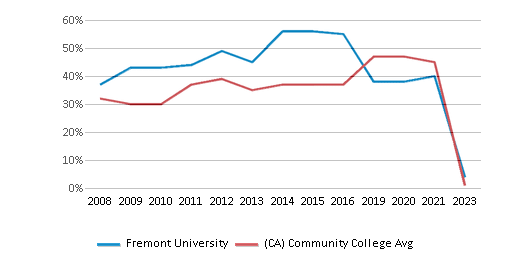
% Black
18%
7%
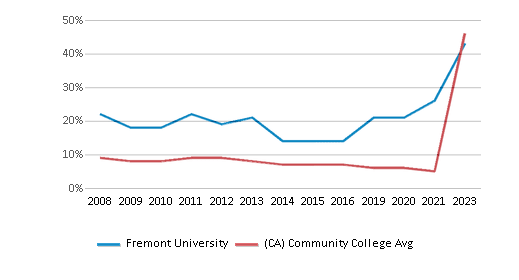
% White
11%
23%
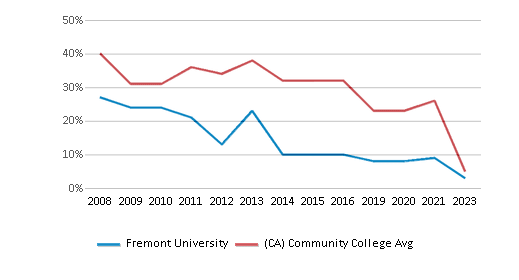
% Hawaiian
n/a
1%
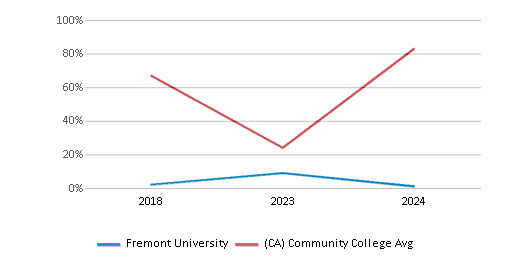
% Two or more races
5%
5%

% Non Resident races
n/a
1%
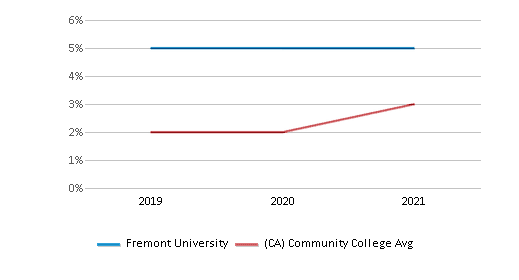
% Unknown races
9%
3%
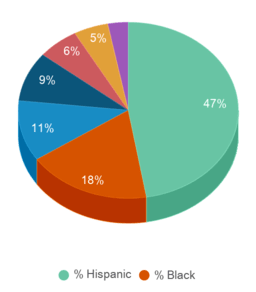
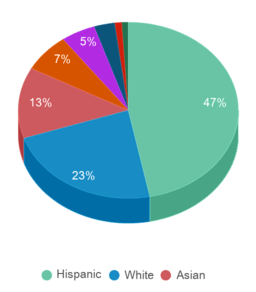
Diversity Score
0.73
0.70
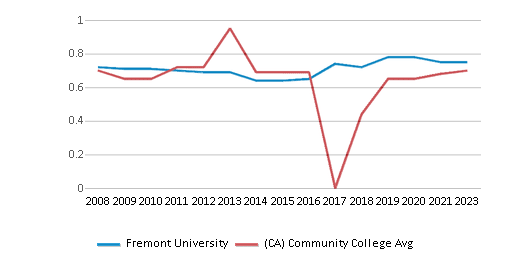
College Completion Rate (Students who graduate in less than 4 years)
69%
29%
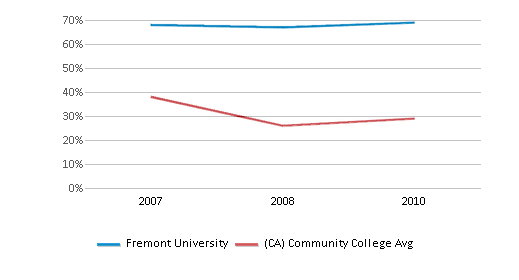
College Completion Rate (Students who graduate in 4 years or more than 4 years)
0.4286%
0.4304%
Average Graduate Earnings (10 Years)
$35,400
$34,700
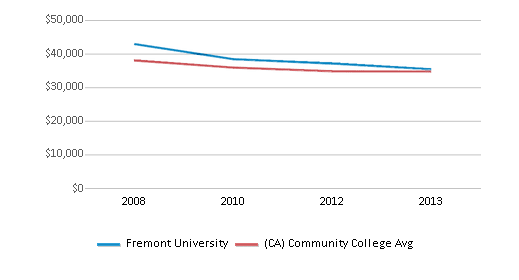
Tuition and Acceptance Rate
The private state tuition of $18,000 is less than the state average of $20,392.
Private State Tuition Fees
$18,000
$20,392
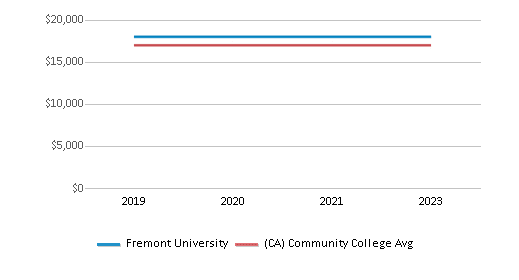
Tuition Notes
$18000 per academic year for full time undergraduate student. $15000 per academic year for full time MBA program students.
% Students Receiving Some Financial Aid
80%
85%
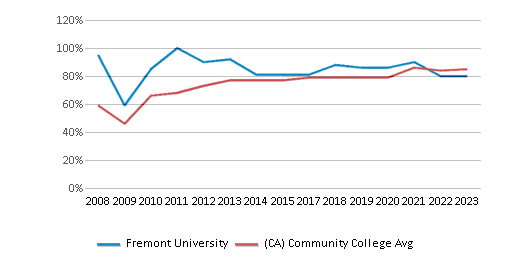
Median Debt for Graduates
$20,000
$10,500
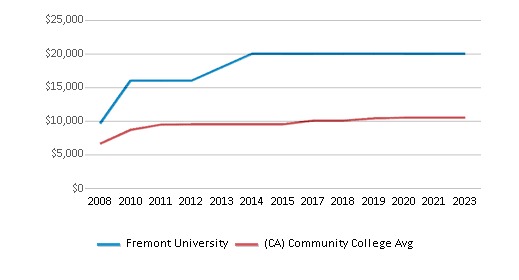
Median Debt for Dropouts
$6,871
$6,239
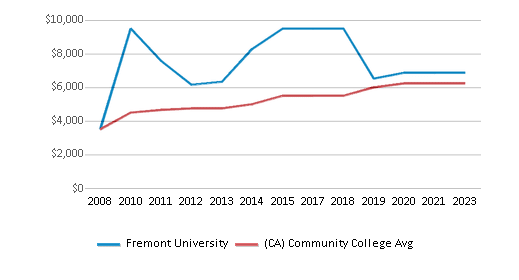
Acceptance Rate
59%
80%
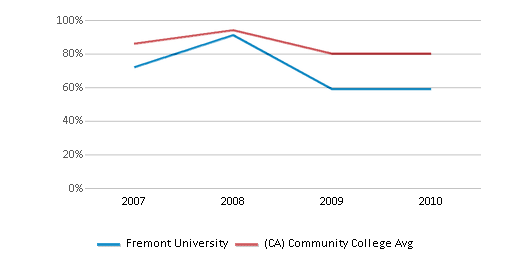
Source: 2024 (or latest year available) Integrated Postsecondary Education Data System (IPEDS) , School Administrators
School Notes
- Cerritos Campus
- 18000 Studebaker Road 900A
- Cerritos, California 90703
- Los Angeles Campus
- 3440 Wilshire Blvd. 10th Floor
- Los Angeles, California 90010
Frequently Asked Questions
How much does Fremont University cost?
Fremont University's private state tuition is approximately $18,000.
What is the acceptance rate of Fremont University?
The acceptance rate of Fremont University is 59%, which is lower than the state average of 80%.
Recent Articles

Obtaining Your Bachelor's Degree at a Community College
Explore the evolving landscape of community colleges offering bachelor's degrees, addressing affordability, accessibility, and workforce needs.

A to Z of Community College Certificates and Courses
From business and healthcare to technology and skilled trades, the article showcases the breadth of options available to students seeking to enhance their knowledge, develop new skills, or pursue career advancement.

What is a Community College?
This comprehensive guide explains what a community college is, its history, and its role in higher education. It covers the types of programs offered, differences from four-year colleges, benefits of attending, and important considerations for prospective students, providing valuable insights for those exploring educational options.

